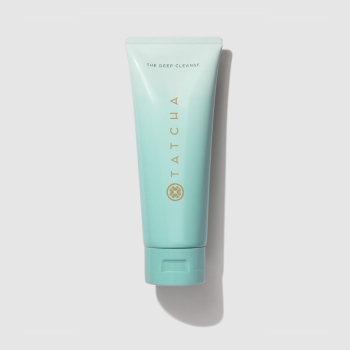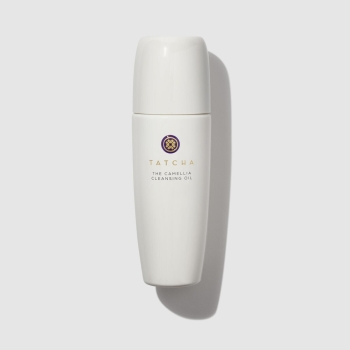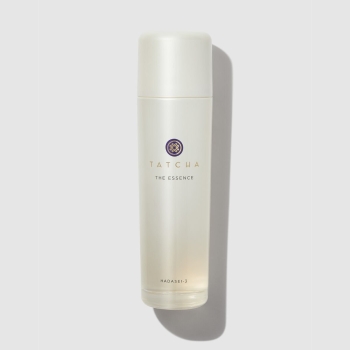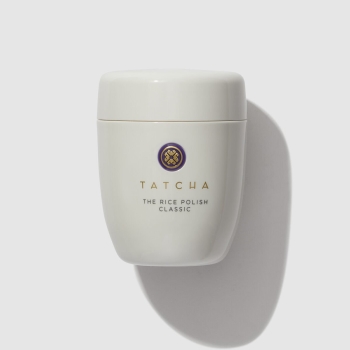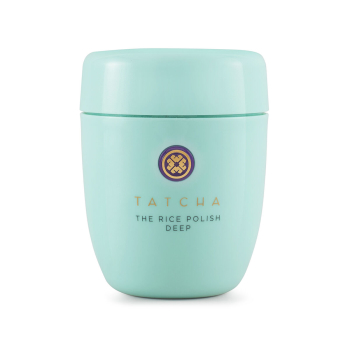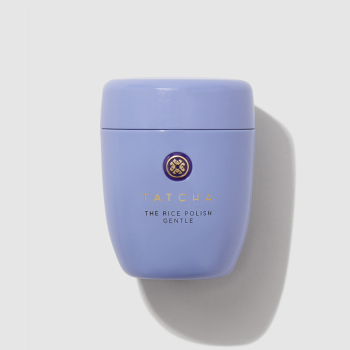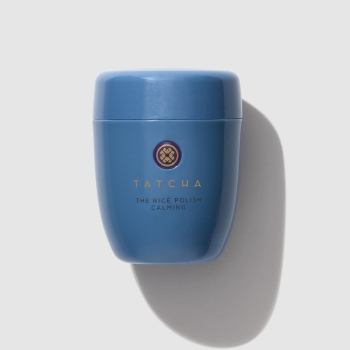In Japan, the common phrase mottainai means “too precious to waste.” As we all come to understand the impact of our consumption on the natural world, we realize that this beautiful planet we have is too precious to waste. This way of thinking has always influenced our formulas, but what about the packaging that holds our formulas? Or the energy used to ship them to you? We’re on a quest to make Tatcha sustainable inside and out. We know that our peers are also trying to do better and asking the same questions. We have pledged to share our learnings for the benefit of everyone on this journey, and this is our first report on the changes we are making for a healthier planet.
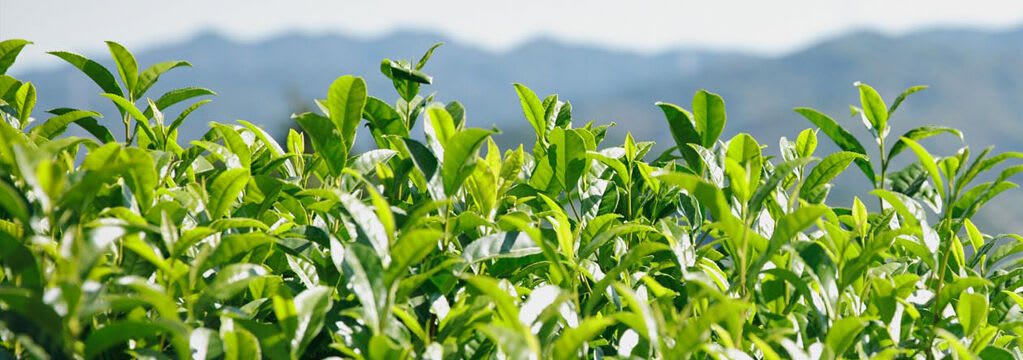
We turned to our most knowledgeable resource in terms of sustainability at Tatcha, our very own Sustainability Lead, Lauren. Read on to hear what improvements we’ve already accomplished so far, upcoming plans that are in the works, and what she is hopeful for in the future.
Q: It seems like you consider the sustainability factors in every level of a product, from ingredients used in formulation, to their packaging, to how products are transported. What are some sustainable practices you have introduced and have been implemented since you started your position at Tatcha in 2019?
A: One of the changes we’ve made since I started was switching over our paper-based packaging to FSC-certified paper. FSC stands for Forest Stewardship Council, an international non-profit organization that promotes responsible management of the world's forests through a third party certification system. FSC certification ensures that products bearing its logo come from responsibly managed forests that provide environmental, social, and economic benefits.
Another one that I find particularly interesting is carbon offsetting. As of September 2020, we decided to offset our carbon footprint from shipping not only going forward, but going backwards since Tatcha was created. This accounts for the emissions resulting from all transportation, including the movement of raw materials, empty packaging to fillers, inventory to our warehouse and finally, all of our shipments to our clients and retail partners. This is a commitment we are proud to continue in perpetuity.
Q: Our original sustainability goal was “100% reusable, refillable, recyclable, or compostable by 2023” but that has recently changed to 2025. Can you explain why we made this change?
A: One of the reasons is that we’ve integrated third-party testing into our design, because we wanted the proof that our containers will make it through the recycling system without compromising other recyclables. While absolutely beneficial from a sustainability perspective, this adds a lot of time to product development because any changes mean we have to create new molds and new materials that require compatibility testing with our formulas. Each new iteration needs to be tested, which can be expensive and time consuming.
The basis from which we test comes from The Association of Plastic Recyclers, also known as APR. The APR has design guidelines to test your product for the different stages of the materials recovery facility. Some test the materials used, whether the shape of the container allows the item to be sorted correctly, and many other aspects.
One of these tests is the Near Infrared (NIR) Sorting Test. This test scans the plastic to identify what type it is, and then uses a machine to “puff” it onto the right stream for sorting. If a product has the wrong surface to weight ratio, or is the wrong shape, it may not be “puffed” into the right stream, which can compromise the whole batch of recyclables it gets sorted with. Similarly, if the plastic is decorated improperly, the machine can misidentify the type of plastic, again leading to misorting and contamination of the recycling stream.
The following test is the Extrusion Test. First, packaging is ground it up into flakes. These same flakes are then used to remake the container to ensure that the integrity of the container is not compromised. This process is used to determine if a container made of recycled material is still strong and stable enough to be recreated and used again in place of virgin material.
We’ve also done migration tests experimenting with post consumer recycled (PCR) content, to see if chemicals leach out of the container, to confirm that our formulas are not compromised.
Each of these steps add significant cost and time to our production. For this reason, we’ve decided to work toward minimizing our plastic use, and have been looking at alternative materials. We know that some of our go-to alternatives, like glass and aluminum, end up having a higher carbon footprint, when you consider factors like raw material extraction or gas used in transportation, based on the weight of each container. But, by designing with the idea that clients will continue to reuse these containers, as opposed to buying a new container each time, we would be able to minimize unnecessary materials used overall, increase our use of recycled materials and amortize the carbon emissions from the container’s creation.
Q: One of the changes that is immediately visible to clients is our new packaging. Can you share the biggest recent changes we’ve made, and what makes these choices more sustainable than their previous iterations?
A: Most recently, we’ve repackaged our award-winning exfoliating cleanser, The Deep Cleanse, in a new shower-friendly tube. This packaging uses 22% less plastic than its previous container, and its flip top and flexible material are much easier to use.
While it has maintained its convenient design, The Camellia Cleansing Oil container uses less plastic now, and the cap and bottle is made with widely recyclable mono material polypropylene (PP) that can be more easily recycled by simply separating the pump before disposal.
The most luxurious change in sustainability has to be our switch from plastic to a glass bottle for The Essence. Glass has much clearer recycling guidelines than plastic, which is great.
The one I’m most excited by is The Rice Polish. It’s new cap and jar is made of a mono material PP (plastic #5) consisting of 30% post-consumer recycled (PCR) plastic. The best part though, is the spout. With our previous slide-open top, it was easy for water to slip into the container, making the formula stick inside causing the opening to clog. We wanted this new container to be shower friendly to prevent that from happening, so we redesigned the spout to be push-to-open. Not only does this design better prevent water from entering the jar, but it is significantly easier to use, so this design was not only an advancement in sustainability, but also, coincidentally, in accessibility.
Q: Of the recent changes Tatcha has made to become more sustainable, which of these changes are most exciting to you?
A: I’m most passionate about how we’re doing carbon offsetting. This process is a bit more complicated than just planting a tree. You first calculate how much carbon you are emitting, and then invest money into projects that either prevent that amount of carbon from being released into the atmosphere, or that are drawing that amount of existing carbon out of the atmosphere.
- Measurable and certifiable: We need to be able to confirm and show beyond a doubt that we are removing as much carbon from the atmosphere as we are contributing.
- Impactful: It can be easy to accidentally double up on credits, or to offset something that was being offset anyways. We also wanted to ensure that any partner we worked with was preemptively screening for and monitoring any unintended negative effects that projects might have to ensure that we are making a positive difference.
- Permanent: Many projects can be reversed in a couple of years, like planting trees that eventually get cut down. We wanted a lasting impact.
The project we have invested in at this time is truck stop electrification. Often, when drivers need to sleep during their breaks, they leave their cars idling - for temperature control, to play music, or to charge their phones. This is bad for the environment, but also a hazard for nearby communities and the drivers themselves. This project provides electricity at truck stops so drivers no longer need to idle their engines, but can still plug their devices in and keep their trucks heated or cooled. This project saves about a gallon of diesel fuel per hour and positively impacts the environment, the local communities, and the drivers themselves.
Q: Since our journey toward sustainability is inspired by the Japanese concept of kaizen, the philosophy of continuous improvement and learning, it sounds like we can expect more frequent changes to make Tatcha more sustainable. Can you share some of the upcoming changes on the horizon?
A: I’m very excited to tackle some of the greatest challenges facing our industry. In terms of packaging, we have been vigorously exploring new materials and formats such as post consumer recycled (PCR) aluminum, PCR glass, and refills. We have been applying our same diligence to these developments to weigh the environmental trade-offs and ensure that they are designed and created in a manner that reduces our net impact to the environment. Similarly, we are looking at our formulas and focusing on our ingredient traceability and impact, particularly the impacts they have in their cultivation as well as their end of life in regards to biodegradability. There is lots of work currently underway so stay tuned for updates!
We’re delighted to have you with us on our journey. We don’t have all the answers, but we are leading with our hearts and asking our minds to catch up. We’ll be sharing everything we learn on our Instagram and here as we continue to make changes that are better for both your skin and the environment, but we’d also love to hear from you. Which improvements do you care about most? What would you like to see from us? We can’t wait to hear your feedback, questions, and recommendations. To learn more visit tatcha.com/sustainability or email sustainability@tatcha.com.

Victoria Tsai
Chief Treasure Hunter


